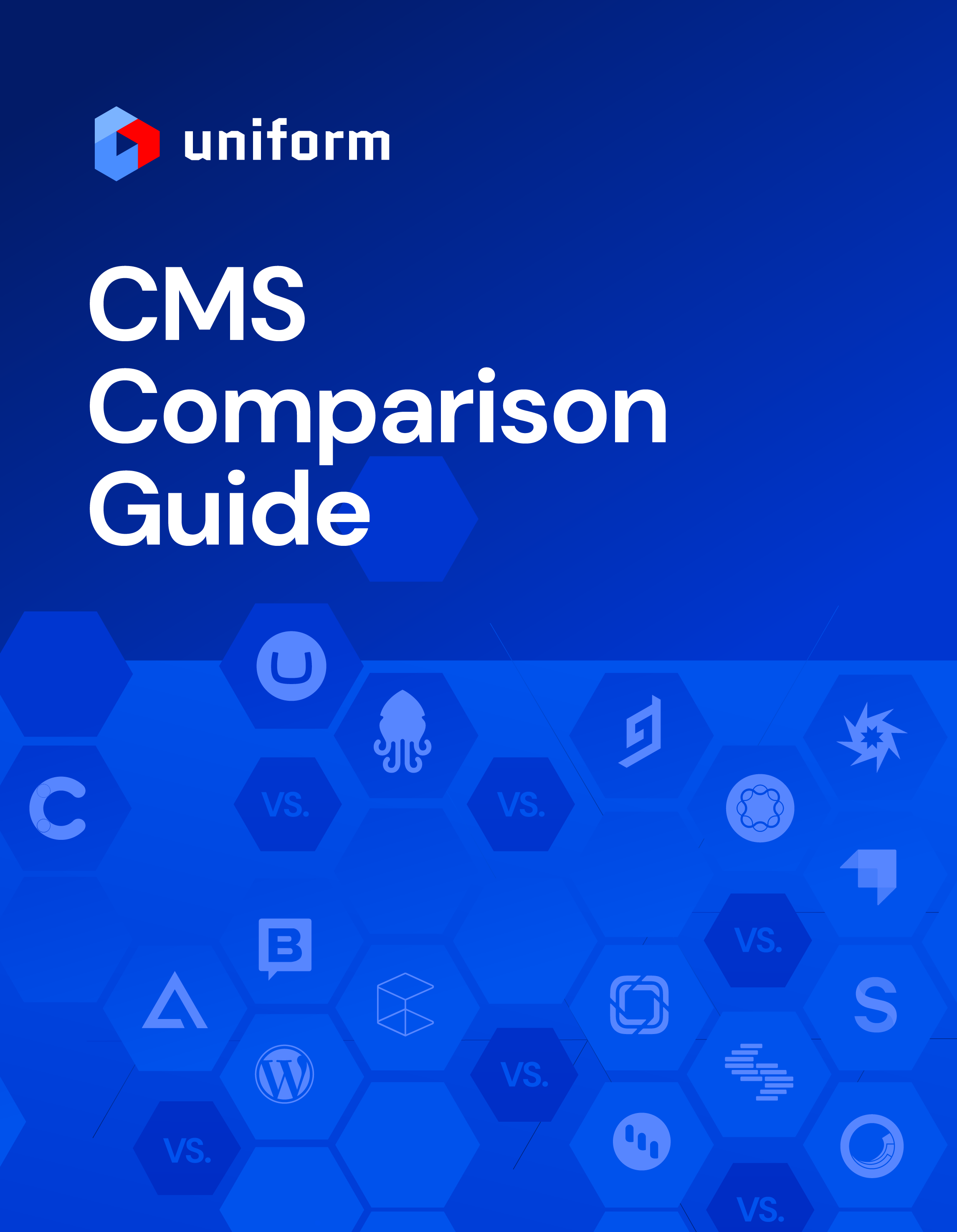Uniform blog/What’s next for headless CMSes?
What’s next for headless CMSes?
What’s next for headless CMSes?
As the headless CMS market continues to mature, the industry must adapt its solutions to better support the constantly shifting needs of marketers and other business users. Part one of a two-part interview series I did for the Discover Headless Tech channel, hosted by Marcello Lewin of HeadlessCreator.com, focused on the evolution and current status of headless CMSes. In part two, we deliberated about their future, as summarized in the Q&As below.
Are today’s CMSes still largely design driven?
Not necessarily. Rather, today’s CMSes emphasize training and the ways in which people approach projects. Headless CMS users must recognize the difference between strategic content and experience content, which contains the components on a page, an email, or other artifacts that produce a digital channel.
Vendors have a key role to play as they realize that they must accord marketers control of the design. To that end, vendors have added composition–management capabilities and enhanced visual-editing interfaces.
On the other hand, brands are looking at creating new jobs and workflows. Besides content creators, coming into play is a role tasked with putting together the content pieces that make up a digital experience.
How can CMSes better support the content-creation process?
The current challenge faced by content creation is that the process typically starts in a Word or Google document, not in the CMS. Transferring the completed content into the CMS involves manually cutting and pasting it, word by word or line by line, into CMS fields. That’s a huge time sink for content creators.
The problem stemmed from the fact that CMSes offer an unstructured authoring environment instead of structure-first tools. AI could help infer and anticipate that structure, leading to a more efficient authoring process.
How can we improve collaboration within the CMS?
These two ways are instrumental in fostering collaboration within the CMS:
- Furnish teams with the ability to collaborate at very granular levels, e.g., highlight a word in a text field and add a comment or assign a task that pertains to that word.
- Ensure that vendors understand that a headless CMS is the end of the toolchain, i.e., many collaborations occur in other tools before the content reaches the CMS. Therefore, adding integrations into collaboration tools like Jira and Asana and making it easier to review, comment, and collaborate on content pieces stored in the headless CMS is crucial.
Is the headless CMS industry still too developer-centric?
The industry must better understand the amount of work involved in creating complex content. For instance, some of the core steps content creators must take in a headless CMS are tedious, requiring too many clicks. A priority would be to streamline the interface and minimize keyboard navigation. Accessibility is also crucial for improving workflow and widening the reach to people with inadequate motor skills.
What does the future look like for headless CMSes?
At a high level, a deeper understanding of how the industry designs headless CMSes and how enterprises use the related tools is paramount. I strongly believe that the future is about composability and orchestration because, rather than depending on only one tool, organizations must leverage solutions for PIM, CRM, DAM, etc. Making all those tools work together through composability and orchestration ensures that headless CMSes deliver the most value to all users.

The ultimate guide to choosing a CMS







.png&w=1024&q=90)